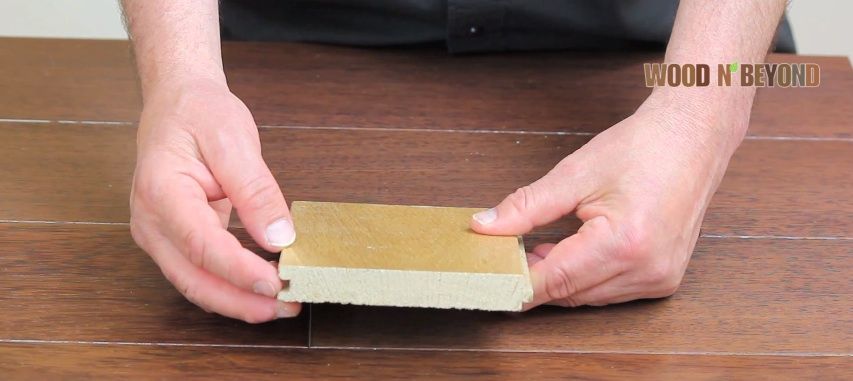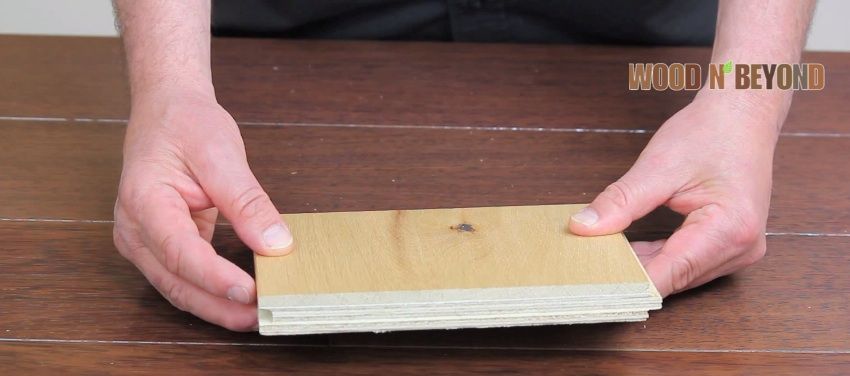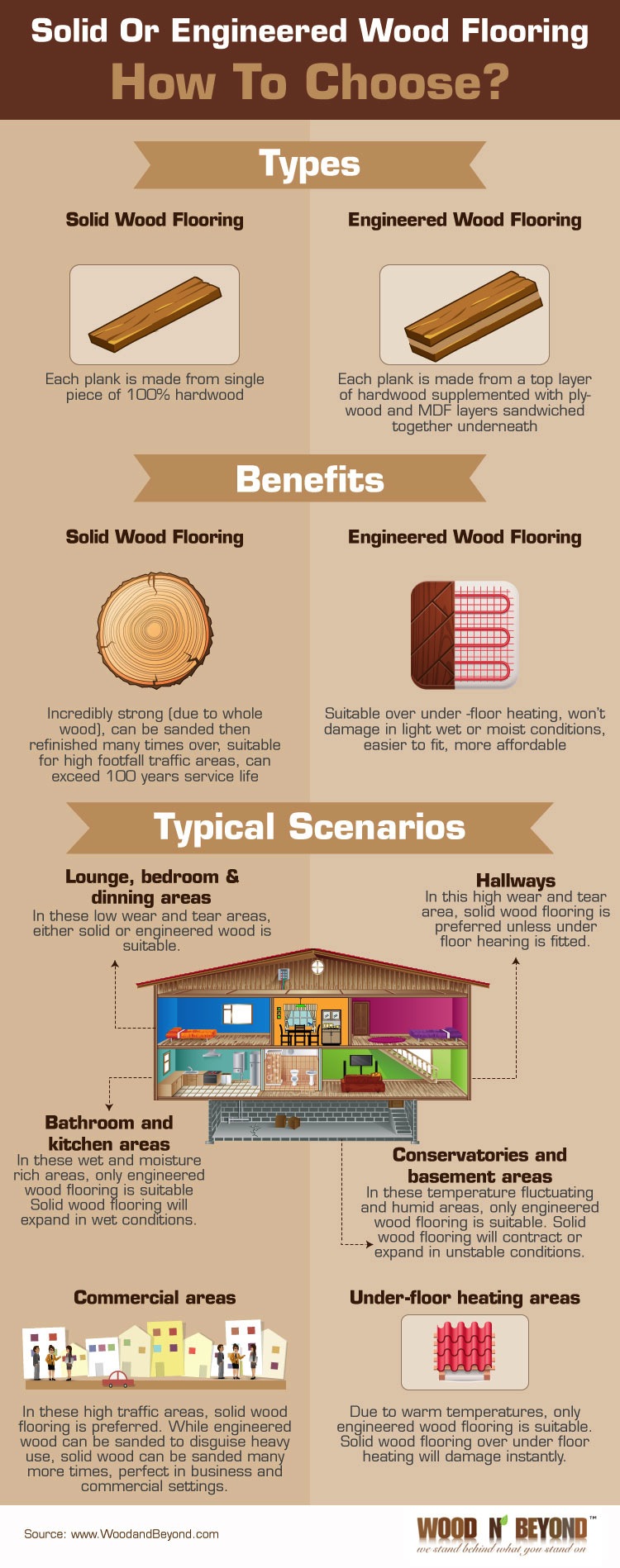Although we’ve written several different articles to help people decide between solid and engineered wood flooring, this question continues to be one of the most common we get asked. Engineered wood flooring has been on the go for a long time now but it remains to this day a highly misunderstood wood flooring product. People who’ve bought engineered wood flooring are completely converted, but those who are delving into the notion for the first time are still reluctant to plump for this solution, probably because of a lack understanding about what it really is.
So, if you’re facing this dilemma, we truly hope that this article will help you. In this long post, we’ll look at all the different scenarios where engineered wood flooring is best and where you can safely choose solid wood flooring. Hopefully this will help you to decide, but of course, we’re always here for you if you need more help.
Before we start on the situations where one wood flooring might out-perform another, let’s just re-confirm very briefly what is meant by engineered wood flooring and solid wood flooring:
Solid wood flooring is just what its name suggests, wood flooring that is made from solid wood. No matter what species or grade of wood you can think of, it is likely that you’ll be able to track it down in a solid wood flooring option.
Engineered wood flooring on the other hand is made up of cleverly constructed core boards that are effectively layers and layers of ply that are bonded together. Thereafter those boards are topped off with a lamella or top layer of solid wood, which is what makes engineered wood flooring look just like solid wood.
Just so that there’s no confusion, don’t ever be tempted into the common misconception that engineered wood flooring is the same as laminate flooring; it’s not!
Anyway, here are some of the situations where you might be in a dilemma between solid and engineered wood flooring for your project:
You’re uncertain about your sub floor
Whenever you are planning a new wood floor, it’s really important to measure the moisture levels in your sub floor. Ideally moisture levels shouldn’t exceed 2-3% and in order to be confident about the levels, it’s important to take a substantial number of readings across your entire floor. If your sub floor is borderline when it comes to moisture levels, there’s no getting away from the fact that you’d be safer to opt for engineered wood flooring than solid wood. Making this choice, along with a suitable membrane or underlay will help reassure you about the longevity of your floor.
You’re flooring a bathroom or kitchen
When you’re thinking of installing a wood floor in your home, whether or not engineered or solid will work best also depends on which room you’re looking to re-floor. Because of the significant fluctuations in moisture levels and temperatures in the likes of kitchens and bathrooms, there’s no doubt that engineered wood flooring comes up trumps every time. Thanks to the way that engineered boards are constructed, while they will expand and contract slightly when exposed to rises and falls in temperature and moisture levels, in comparison with solid wood the risk of resulting damage is minimal. When solid wood is exposed to significant environmental changes it expands and contracts considerably, which, over a long period can cause damage to your floor. This won’t happen with a good quality, well-fitted engineered wood floor.
You’ve got high or heavy footfall
High footfall means that you anticipate your floor to experience lots of traffic on a daily basis. Heavy footfall refers to environments where there is likely to be a higher impact on the floor thanks to the people crossing it. This might refer to wheelchair users, people who rely on walking aids or may even be people who are significantly heavier than average weight.
Wherever there is high or heavy footfall, it’s comforting to be able to re-sand and re-finish your floor relatively frequently. Although an engineered wood floor with a relatively thick lamella or top layer can be sanded comfortably two or even three times during its lifetime, a solid wood floor will take up to five or six sandings before risking significant damage. So, if you are flooring a room where there is likely to be high or heavy footfall, your sub floor is nice and dry and there are no significant temperature or moisture fluctuations as well as no under floor heating, then solid wood flooring is probably a more practical solution.
You’re on a tight budget
Wood flooring is a great solution, no matter whether you have the budget of a King or a Pauper. With lots of competition in the wood floor market, irrespective of whether you shop online or on the High Street, you will find everything from seriously cheap to high-ticket prices. With little difference between solid and engineered wood flooring prices, your budget shouldn’t be a huge driving factor in your decision-making process because irrespective of the amount you have to spend, you should be able to find a solution that ticks all your boxes in either category.
In summary
Solid or engineered wood flooring at a glance:
| Solid wood? | Engineered wood? | |
| Sub floor moisture level is borderline | Not recommended | OK with suitable membrane or underlay |
| Bathrooms and kitchens | Not recommended | Highly suitable |
| High or heavy footfall | Ideal | Suitable |
| Tight budget | Ideal | Ideal |
Visual
We hope you find this article helpful, but if you’d like more specific advice for your project, don’t hesitate to get in touch.
—
FAQ
Q: What is the difference between solid wood flooring and engineered wood flooring?
A: Solid wood flooring is made entirely of solid wood such as oak and walnut, while engineered wood flooring consists of solid wood as well, but only in its top layer (the wear layer), while the core is made of ply and MDF. Both look the same when fitted.
Q: When should I choose engineered wood flooring over solid wood flooring?
A: Engineered wood flooring is a better choice when you have a subfloor with borderline moisture levels, when you’re flooring a bathroom or kitchen with fluctuating moisture levels, and when you anticipate high or heavy footfall in the room.
Q: Why is engineered wood flooring recommended for subfloors with borderline moisture levels?
A: Engineered wood flooring, along with a suitable membrane or underlay, is recommended because it provides better stability and longevity in areas with slightly higher moisture levels compared to solid wood flooring.
Q: Why is engineered wood flooring suitable for bathrooms and kitchens?
A: Engineered wood flooring is better suited for bathrooms and kitchens due to its ability to withstand significant fluctuations in temperature and moisture levels without sustaining damage, unlike solid wood flooring.
Q: Is solid wood flooring a more practical solution for rooms with high or heavy footfall?
A: Yes, if there is high or heavy footfall in a room, and the subfloor is dry with no significant temperature or moisture fluctuations or underfloor heating, solid wood flooring is a more practical choice as it can be sanded multiple times without risking significant damage.
Q: How does budget affect the choice between solid and engineered wood flooring?
A: Budget shouldn’t be a determining factor since both solid and engineered wood flooring options are available across a wide price range. Regardless of your budget, you can find a suitable solution in either category.











